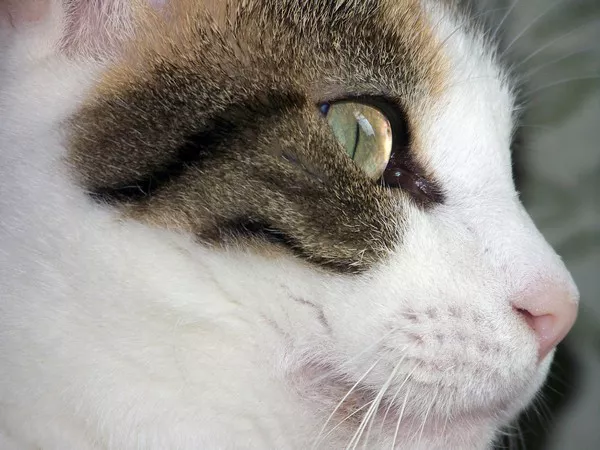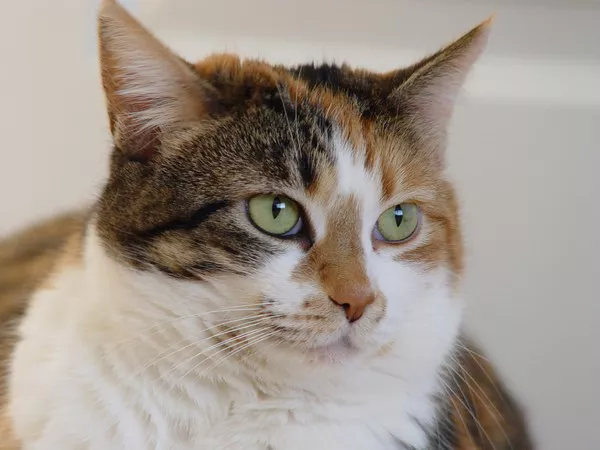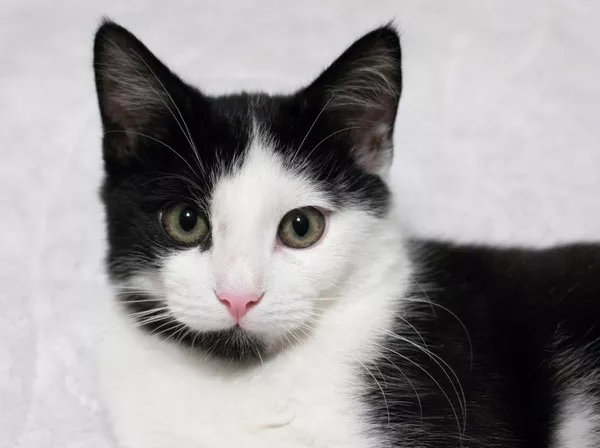Understanding your cat‘s eating habits is essential for ensuring their health and well-being. One common question that arises among cat owners is whether cats stop eating when they are full. This inquiry touches on an important aspect of cat feeding behavior and the mechanisms behind it. In this article, we will explore how cats eat, whether they stop when full, the factors that influence their eating habits, and tips on how to manage their diet effectively.
The Nature of Cats as Carnivores
Before diving into whether cats stop eating when they are full, it’s crucial to understand their nature as obligate carnivores. Unlike humans and some other animals, cats have a specialized diet that is highly dependent on protein from meat. Their digestive systems are designed to process animal-based proteins, and they rely on a variety of nutrients found only in animal tissues, such as taurine, arachidonic acid, and vitamin A.
Cats have evolved to hunt and eat in a manner that differs from other pets. They are natural hunters, and in the wild, they would consume several small meals throughout the day, often from different prey animals. This hunting behavior influences their feeding patterns in domestic settings.
Do Cats Stop Eating When They Are Full?
The short answer to this question is: Yes, cats generally stop eating when they are full. However, the way they signal this fullness and the factors influencing their satiety (feeling of fullness) can be complex.
In the wild, cats tend to eat until they are satisfied. They do not eat large quantities in one sitting; instead, they consume food in smaller, more frequent meals. When they have eaten enough, they will stop hunting or foraging. Similarly, domestic cats tend to exhibit similar behavior. They will eat until they are full and then stop.
However, the situation is not always straightforward. While many cats do stop eating when full, some may not. Various factors influence a cat’s eating behavior, and a cat may continue eating even after they are full in some cases.
Factors Affecting a Cat’s Eating Behavior
Several factors can influence whether a cat stops eating when it is full. These include the cat’s age, health, type of food, feeding environment, and emotional factors. Below, we will examine these factors in more detail.
1. Age of the Cat
Kittens and young cats tend to eat more frequently than adult cats due to their growth needs. Kittens are highly energetic and require a higher caloric intake to support their development. As they grow into adulthood, their eating habits become more regulated, and they begin to stop eating when they are full.
Older cats, particularly senior cats, may experience a reduction in appetite due to age-related changes. Some may eat less because of dental issues, a decrease in taste and smell, or health problems like kidney disease or hyperthyroidism. In these cases, they may not always stop eating on their own, and owners should monitor their intake and ensure they are getting the proper nutrition.
2. Health Conditions
Several health conditions can impact a cat’s eating behavior. For example, cats with hyperthyroidism or diabetes may experience increased hunger and may continue eating even after they are full. Other conditions like intestinal parasites, gastrointestinal diseases, or a lack of appetite due to illness can also interfere with their natural satiety signals.
For cats suffering from such conditions, it’s important to consult with a veterinarian to address any underlying health issues. Proper medical treatment may help restore the cat’s normal eating habits and make sure they stop eating when they are full.
3. Type of Food
The type of food you feed your cat plays a significant role in how satisfied they feel after a meal. Cats are obligate carnivores, and their bodies thrive on animal protein. High-quality wet food that is rich in protein and moisture can make a cat feel full more quickly than dry kibble. Dry food, while convenient, can sometimes cause cats to eat more than they need because it lacks the moisture content and protein density that cats naturally crave.
In some cases, certain foods may not provide the nutritional satisfaction that cats need, leading them to continue eating. If you’re unsure whether the food you are providing is suitable for your cat, it is a good idea to consult with a veterinarian or a pet nutritionist.
4. Feeding Environment
Cats are sensitive to their environment when it comes to feeding. A calm and comfortable space will help your cat focus on eating and may allow them to stop once they are full. However, if a cat feels stressed or threatened, they may not stop eating at the right time. Stressful environments, such as noisy households, the presence of other pets, or a competitive feeding situation, can lead to overeating.
If you have multiple cats, it’s essential to provide enough food for each one and allow them to eat in a peaceful, stress-free environment. Feeding stations that are spaced out or placed in separate rooms can help reduce competition and allow each cat to eat at their own pace.
5. Emotional Factors
Just like humans, cats can experience emotional stress or anxiety that may affect their eating behavior. Cats that are anxious or bored may eat out of comfort, even if they are not truly hungry. Overeating can become a coping mechanism, especially if a cat is dealing with stress from changes in their environment, a move to a new home, or the introduction of new pets or people.
To prevent emotional overeating, ensure that your cat’s environment is stable, and try to provide enrichment activities to keep them mentally stimulated. Interactive toys, climbing structures, and puzzle feeders can help prevent boredom and encourage more natural eating patterns.
Understanding a Cat’s Satiety Signals
Cats, like humans, have certain physiological signals that tell them when they are full. These signals come from the stomach and the brain, and they help regulate food intake. When a cat eats, the food stretches the stomach, and specialized cells in the stomach lining send signals to the brain indicating that the cat is no longer hungry.
However, unlike humans who may stop eating due to portion control or external cues, cats rely more heavily on their internal signals of fullness. Some cats may not be as sensitive to these cues as others, which can lead to overeating in certain situations. For example, if a cat is not eating regularly or is provided with food in an irregular pattern, they may overeat in response to hunger signals.
Overfeeding and Its Consequences
One of the most common issues with cat feeding is overfeeding. Overeating can lead to obesity, which is a growing problem among domestic cats. Obesity in cats can result in a host of health issues, including diabetes, arthritis, heart disease, and a decreased lifespan. It’s important to manage your cat’s food intake properly to prevent overfeeding, even if they don’t always stop eating when full.
How to Manage Cat Feeding to Prevent Overeating
To ensure that your cat stops eating when full and does not overeat, consider the following tips:
Measure Portions Carefully: Always measure the amount of food you provide to your cat. Refer to the feeding guidelines on the cat food packaging and adjust based on your cat’s activity level, age, and size.
Avoid Free-Feeding: Free-feeding, or leaving food out all day, can lead to overeating because the cat may eat whenever they feel hungry, even if they are not truly hungry. Instead, establish regular meal times for your cat and monitor their food intake.
Provide Balanced Meals: Ensure that the food you are providing is nutritionally balanced. Look for high-quality, protein-rich cat food that meets your cat’s dietary needs. Cats require specific nutrients like taurine and arachidonic acid that are found in animal-based foods.
Monitor Weight Regularly: Regularly check your cat’s weight and body condition to ensure they are not gaining excess weight. If you notice your cat is becoming overweight, consult your veterinarian to adjust their diet and feeding routine.
Limit Treats: While treats can be a great way to bond with your cat, they should not make up a large portion of their diet. Too many treats can contribute to overeating and obesity.
Provide Fresh Water: Always make sure your cat has access to fresh water. Hydration is important for overall health and can help with digestion and satiety.
Conclusion
In summary, while cats do generally stop eating when they are full, various factors can influence their eating habits. Cats may not always stop eating on their own if they are stressed, unwell, or if the food provided does not meet their nutritional needs. To ensure your cat is eating properly and stopping when they are full, it is essential to consider their age, health, food quality, and environment. By managing their diet and feeding habits carefully, you can help maintain a healthy weight and prevent the risks associated with overeating, ensuring your cat lives a long and healthy life.
Related Topics



























